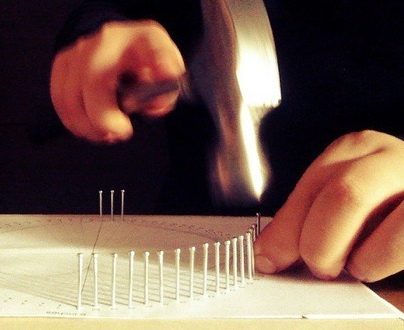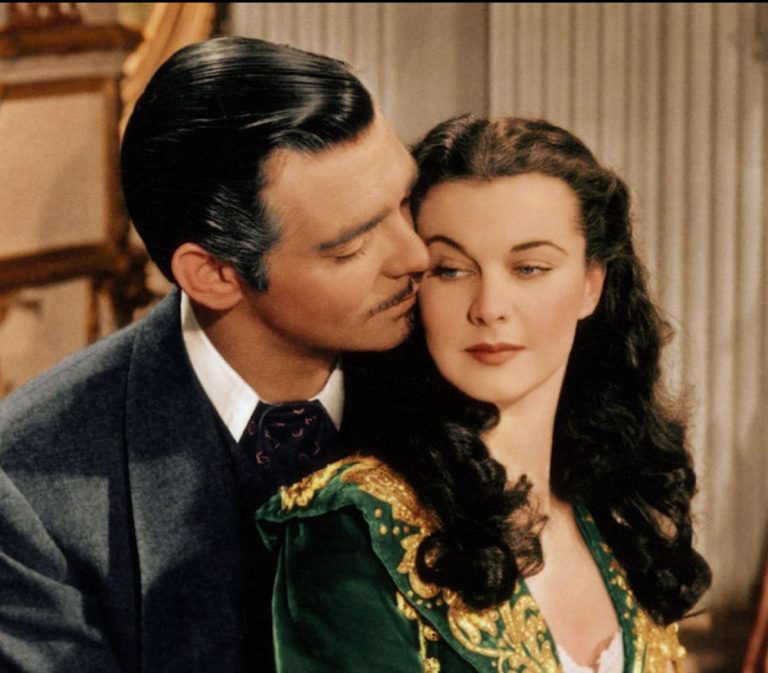3 Essential Elements to Crafting Believable Romance
(Note: this original post of mine ran on Romance University last year. You can find it via this link.)
Boy meets girl. Sparks fly. They fall instantly in love. Voila! Happily ever after.
Oh, really?
Well, maybe in fairy tales and with couples who are self-delusional or sickeningly codependent. But in real life? Among “normal” people?
Not happening.
Sure, maybe we all wish romantic love worked that way. But wishes don’t reflect real life. And a writer’s job—unless writing a particular type of fantasy story or showcasing highly dysfunctional characters—is to create stories that are slices of life.
And that means creating real characters. Believable characters that feel and do things for believable reasons.
Getting Real Doesn’t Happen on Its Own
Too many characters in novels are impersonations of real people. It takes some careful thought to create really real characters. You have to be somewhat of a psychologist and learn about human nature.
Many of the novels I read or critique fall short on creating real characters. And I don’t think it’s always due to the author not spending enough time working on them. I sense that some authors spend a whole lot of time thinking about their characters, but their creations still come across flat and stereotyped.
It may have something to do with laziness and not wanting to work too hard to create each character. It may be that the writer doesn’t think characters have to be all that developed—that as the plot unfolds, the character will just “come into his own” and become real. I’m thinking, though, the real reason is the writer hasn’t gone deep into herself and examined why she is who she is.
I’m not suggesting we all go into therapy for a while or spend years psychoanalyzing ourselves (although some of us writers might benefit from that). But if we do some digging inside, we’ll find there are certain truths about why we are the way we are.
We all present a face to the world—a face we feel will help us survive—which is not wholly who we are. Some people may really live in that place of “true essence,” and that’s great. But populating a novel with characters like that only gives us “happy people in happy land.” Readers are more interested in flawed characters, and I bet, if you’re like me, you have some serious flaws lingering under the surface.
Getting to Know You
Some writers think it’s fine to just start writing and let the characters run amok to see what they’ll do. That’s all well and good if writing to you is mostly an expression of spontaneity and creativity.
However, if you want to write a very specific story and convey very specific themes, this isn’t going to work. Some writers are truly brilliant and can pull this off. Maybe you can, but I can’t. So I have to do a bit of work to make my characters really come alive.
The 3 Most Important Things!
Here’s what I do. I write down my list of main characters on a page. Or sometimes I’ll do this on the first page of my character sketches (not drawings but thoughts and ideas on them). Then I spend some time thinking about these things:
- Their core need (and what they would do if they couldn’t get that need met)
- Their greatest fear
- The incident(s) that wounded them early in life that got them believing a lie about themselves (and/or the world)
These three points are so helpful and powerful that it’s just possible they are all you need to create a believable character. Tape these three points to your wall if you need to remember them! The last point is the most crucial and the one I spend the most time with. (I’ve created a detailed character development sheet, too, that you can download here and use for each of your main and secondary characters.)
Let’s break this down. Each of us has been hurt in the past. Because of that hurt, two things resulted:
- We created a false front to protect our heart.Like a girl who was abandoned by her father when she was young and now can’t get close to men or stay in a relationship long. If you look at yourself, you will find something in there like this. Somewhere in your past you got hurt, and so you’ve formed a persona to survive in the world.
- That hurt makes us believe a lie about ourselves and the world. In this example, the lie this girl believes is that all men walk out and always will. That she can’t trust men or give her heart to them. And that’s why her whole life she’s kept her distance. That’s the outward lie. The other side to that lie turns inward (and you need to look at both parts—they are two sides of the same coin). That part says something about yourself. This girl believes a lie about herself—that she’s not worthy of being loved.
Need = Fear = Lie (Repeat)
Okay, that character type is used a lot, especially in chick flicks, but I hope you can see here how we’re getting to the heart of motivation. Think: when you put this girl in various scenes, she is going to react certain ways based on the lies she’s been telling herself her whole life and the lies she believes about other people. This then ties in with her greatest fear (fear of intimacy, fear of abandonment) and her core need, which is . . . have you guessed it?
See the connection? Her core need is to get the very thing she believes is impossible because of the lies she believes. She wants more than anything to be loved, but she can’t get there. She’s blocking her own way. Your character’s greatest need should be intrinsically tied in with the lie she believes and her greatest fear (which is not getting that need met). If it sounds simple, it really is. It’s our human condition.
The core need generates the fear (of not getting that need met). And at the heart of that fear is the ingrained lie. The journey to the heart of your character is the process of her coming to understand and overcome the lie that has held her in fear.
When it comes to a character’s inner motivation, the romance character is usually the one who understands the hero, sees him for who he truly is, believes in him (maybe even when he doesn’t believe in himself).
As screenwriting consultant Michael Hauge teaches: the romance character sees the hero’s true essence, what his potential is, who he can (and will) become at the end of the story. While the hero is putting on a face or persona for the world to see in order to protect his heart and avoid vulnerability, the romance character sees past that persona. That is one essential role of the romance character.
Want your readers to love your novels? Give them believable characters with core needs and strong motivation due to who they are, what hurts they’ve suffered, and what fears they harbor. Have them fall in love and live happily ever after, if that’s your intent. But make it real.
What do you feel is the most important element needed to create a believable romance? Why?











Even a fantasy story with dysfunctional characters needs to feel real. I’d argue that it had better feel real, really fast or the reader won’t stick with it for long.
I feel that a romance isn’t complete without a separation of some kind to show that one or the other character isn’t on the same time-table as the other. In real life, romance isn’t a completely linear thing. I think it’s pretty normal to have second thoughts, to wonder if one is moving too fast, to have doubt that the other person really loves you in the way you are in love. There can be a lot of pulling back and forth between one characters ideal of love and the reality of the character he or she is in love with. I love it when ideals wreck on the rock of reality. Tension and conflict galore, and the opportunity for two characters to grow together.